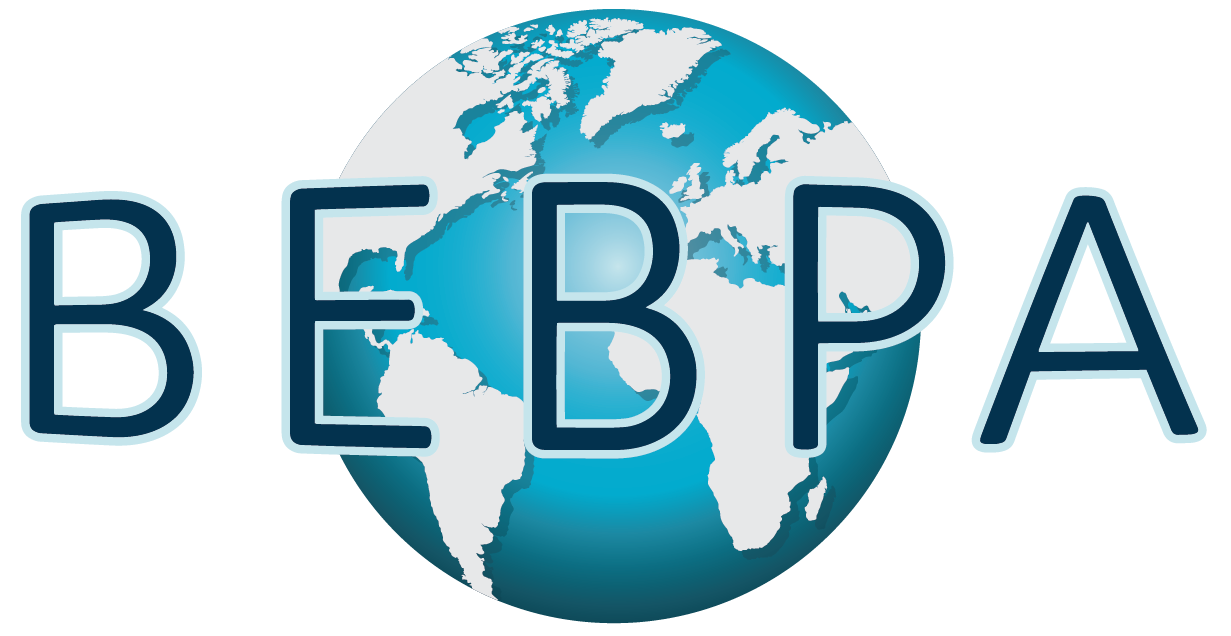Tech Briefing: Bioassays For New Product Modalities
As a staring place, this is not a bad effort at defining new modalities. The widely varying product types highlights the scope of the problem about how to assure product potency during clinical trials and later during the commercial phase. A look at the two most common of the new modalities; gene therapy (GT) and cell therapy (CT) gives one an idea of the wide varying issues. A gene therapy product with a single expressed protein might have a single mechanism of action (MoA).
An Interview with BEBPA’s President: Laureen Little, Ph.D.
BEBPA had a chance to sit down with Laureen Little, the President of BEBPA and producer for the upcoming US Bioassay Conference happening March 24-26, 2025 in Tucson, AZ. We asked her about what she sees is happening in the potency field.
Unveiling Host Cell Protein (HCP) Coverage in Three-Dimensions (3D): Why It Matters and How to Achieve It
Host cell proteins (HCPs) are impurities derived from the host organism used in the production of genetically engineered biopharmaceuticals. Their removal is crucial for the safety and efficacy of the final product, as they can provoke unwanted immune responses and/or have undesired biological/enzymatic activities[1-4]. The sandwich enzyme-linked immunosorbent assay (ELISA) remains the most widely used method for HCP quantification throughout biopharmaceuticals product development lifecycle due to its high sensitivity, throughput, and selectivity in complex sample matrices.
Tech Briefing: Beyond the Surface: Is Going Deeper Always More Beneficial?
Host cell proteins (HCPs) are residual protein impurities expressed along with the desired biologics product. Removing HCPs in the final drug substance (DS) to an acceptable level sometimes can be challenging because of the diverse nature of the HCPs and their potential affinity for the intended product, especially for non-monoclonal antibody (non-mAb) products due to the lack of affinity purification process.
The Role of USP Chapters in Bioassay Development and Validation
Volume 1, Issue 10: Design, development and validation of bioassays has been part of the USP/NF for nearly 50 years. The chapters are regularly reviewed and revised by the Statistics Expert Committee.
Tech Briefing: The Wonderful World of Automation and Artificial Intelligence in the Bioassay Lab
At BEBPA we track implementation of new technologies, analysis approaches and the emergence of new technologies in the potency bioassay world. Over the past years, we have seen a steady increase in the use of frozen-ready-to-use cells, development of reporter gene assays and the increased use of automation
Tech Briefing: Want to Question Authority? Develop a Bioassay!
A hallmark of a potency bioassay is that it is guaranteed to be different from any bioassay ever developed previously….or is it? (Ah here we go already questioning authority!) Are platform potency bioassays possible? Perhaps? At the upcoming BEBPA US Bioassay Conference happening in Tucson, AZ March 24 to 26, 2025 Biogen will be discussing their FRET platform and its use with a wide range of protein products.
Tech Briefing: Bioassay for Complex Products: You have come a long way, baby.
Remember when a monoclonal antibody (mAb) was considered a “complex” product? A mere 30 years ago! As we gained experience with these molecules, we transitioned from complex products to referring to them as large molecules and then finally they become Well-Characteriized Biotech Products (WCBP). This transition is not mere wordsmithing but has distinct regulatory ramifications. Becoming a WCBP was a major step in moving away from the “product is the process”.
FDA Federal Register: Evaluating the Immunogenicity Risk of Host Cell Proteins in Follow-On Recombinant Peptide Products
The FDA has posted a request for information and comments in the Federal Register on the subject Evaluating the Immunogenicity Risk of Host Cell Proteins in Follow-On Recombinant Peptide Products. BEBPA strongly encourages participation in this process. Comments will close on September 23, 2024.
Tech Briefing: Regulatory Guidances for Potency Assays
The potency bioassay is a keystone assay supporting the regulatory quality assurance strategy for verifying that products released for commercial use have similar biological activity to those used in clinical trials to demonstrate efficacy. We routinely gather at the annual BEBPA European Bioassay Conference to discuss the best scientific practices for developing potency assays.
